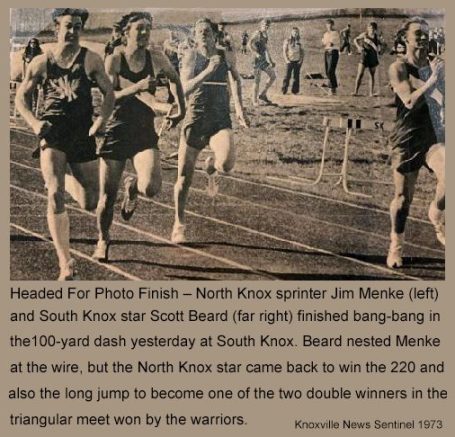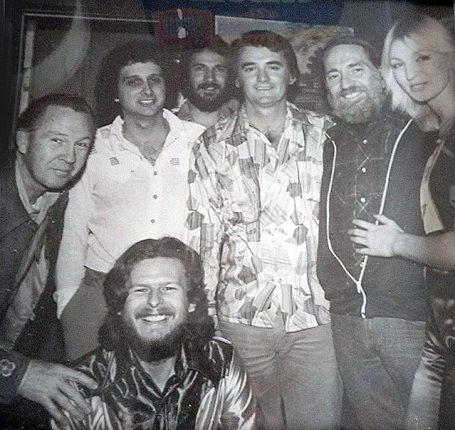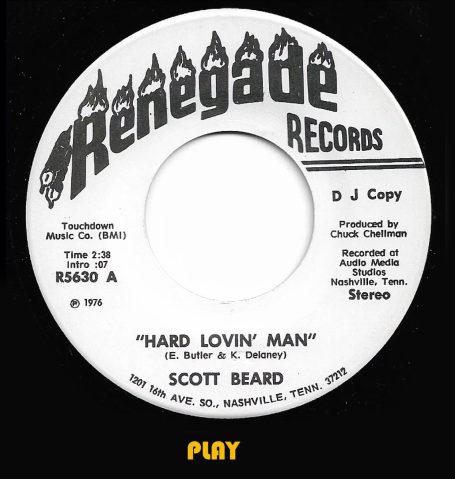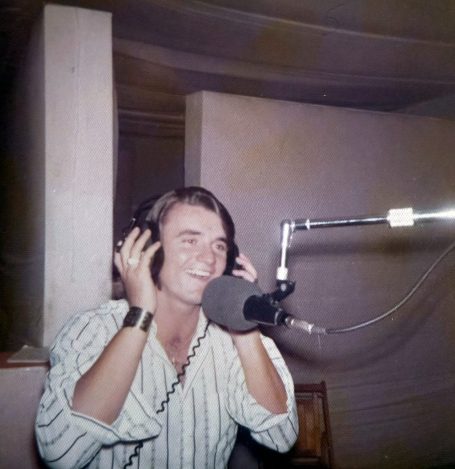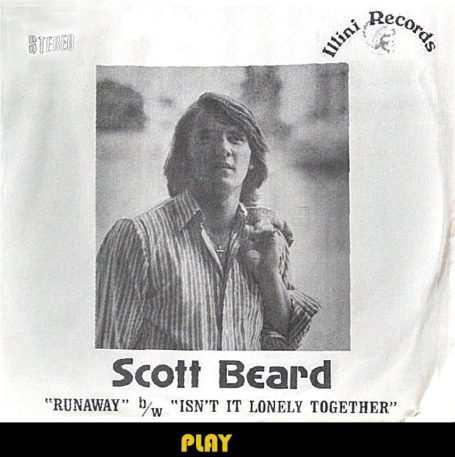SCOTT BEARD
RECORDING ARTIST - ENTERTAINER - HUSBAND - FAMILY MAN
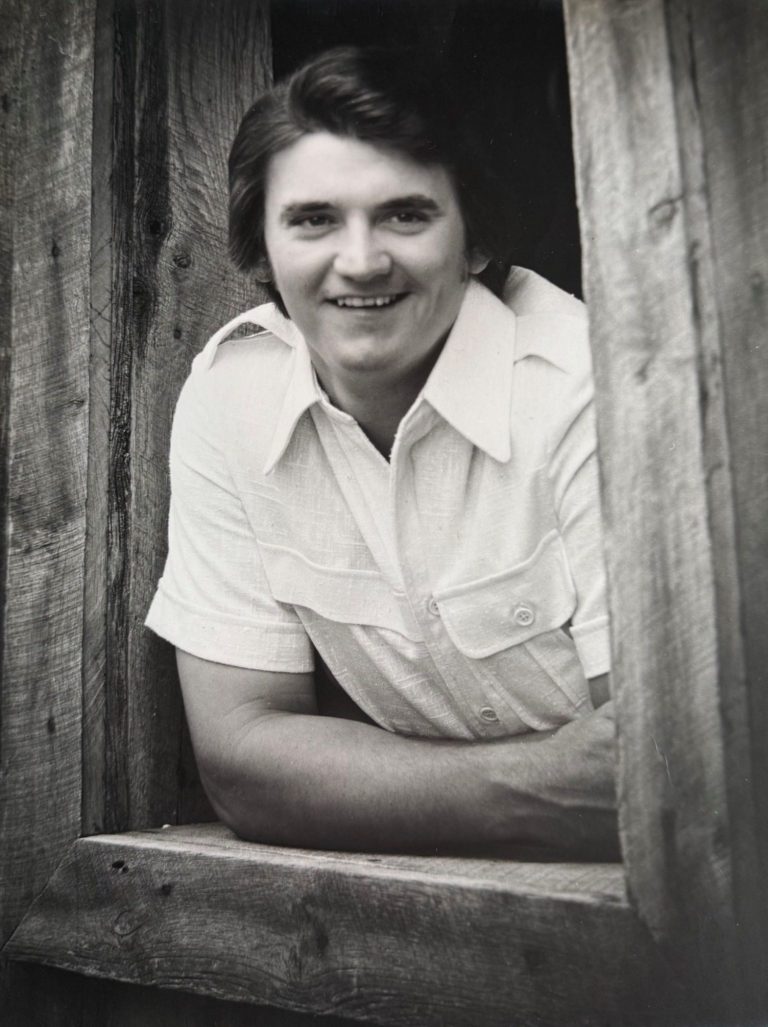
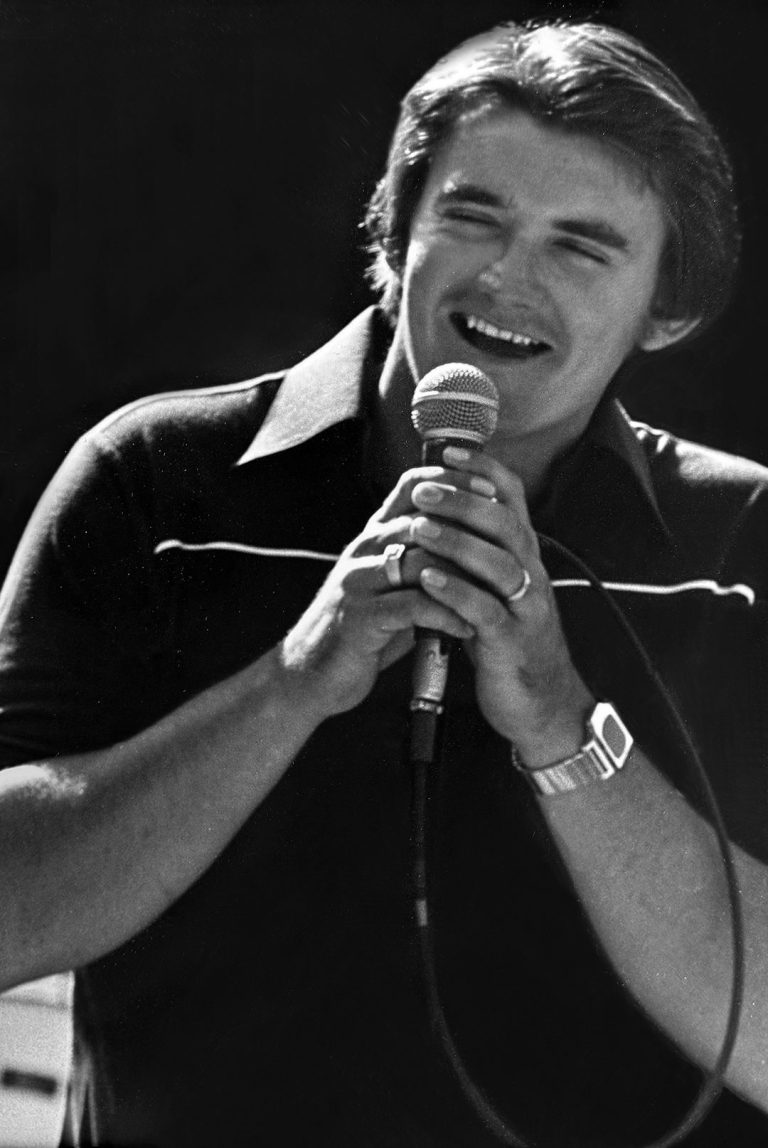

ABOUT SCOTT
Scott Beard is more than a singer; he is a storyteller through melody. His performances bring listeners on a captivating journey. Experience the legacy of a true entertainer.
Scott J. Beard (born February 11, 1955) is an American Country/Pop singer, farmer, entrepreneur, and mostly importantly a Family Man. He released his first recording of “Runaway” in October of 1974.
Early Life (edit)
Scott J. Beard was born in Decker Chapel, Indiana to Shirley (Brown) and Herschel Beard, Jr, fourth generation family farmers. While his older sister Suzan worked with Shirley in the house, Scott and his older brother, Mark were working in the fields from ages of 6 and 8, on the tractors, plowing and working the crops on the family farm. Herschel bought both boys a radio for their tractors. All day long they would sing at the top of their voices to each other listening to WJPS, Evansville, IN, the local POP station, even though actually hearing each other over the noise of the tractors was impossible.
Gospel music was always playing in the house as Mother Shirley, and her brother, Jim Brown were well-known singers in churches and local events. Scott would listen to his mother and uncle and marvel at just how talented they really were. Herschel and Shirley would often take Scott and his girlfriend, Penny to Gospel Music festivals and concerts, exposing him to the likes of The Oakridge Boys, The Blackwood Brothers, The Imperials, The Stamps, and other national Gospel groups.
By the age of 10, Scott let everyone in the immediate family know that he wanted to be a singer when he grew up, and they all believed him and supported him. After high school in the summer of 1974, Shirley was reading a national Gospel Music paper that she subscribed to and came across an article about the J.D. Sumner and the Stamps, and Blackwood Brothers Summer School of Music at Murray State University in Murray KY.
To his surprise, one evening Scott came in from working with their livestock, Shirley and Suzan sat him down and told him about the 2-month program and handed him a check for his tuition. It only took seconds for Scott to accept, and within a few weeks he was packed and ready to go.




A NEW BEGINNING

Scott and his childhood sweetheart Penny (Ellerman) have known each other since she was in the 4th grade and Scott was in the 5th grade. Scott’s family farmed corn, wheat, soybeans and raised livestock. Penny’s family raised melons, fruits and vegetables. Her father, Enos, was an entrepreneur bringing new innovations to the melon farming industry. His products were marketed, not only regionally, but through national brokers, his melons were sent all over the country. Penny was a cheerleader, and Scott was a stand-out athlete, playing basketball and running track. It wasn’t until Scott’s freshman year in high school that they both found out that they were more than just good friends and started “going steady” all through high school.
After graduating high school in 1973, Scott worked with his dad and brother Mark throughout the winter and the following spring and summer. The summer of 1974 was monumental for Scott. First, in June, Scott asked Penny to continue the rest of their lives together, and she fondly accepted his proposal.
Then in the summer, his mother and sister encouraged him to attend the J.D. Sumner and the Stamps, and Blackwood Brothers Summer School of Music at Murray State University in Murray KY.
After returning from the school, he spent the next two years balancing his music career with working on the family farm. In October of 1976, Scott and Penny were married at St. Peter’s Lutheran Church which was next door to The Ellerman’s family farm. During the next two years, Scott traveled back and forth from Indiana and California in pursuit of his music career, while Scott’s cousin, Sam Porter, helped Scott’s mother and father manage the farming operations.
In August of 1978, after Scott attended the John Davidson Summer School of Music, he returned home for the fall farming cycle and to spend time with Penny during her pregnancy. In October, Scott and Penny were blessed with the arrival of their daughter, Jennie Marie, who was named after her great-grandmother, Jennie. Shortly after Christmas, Scott and Penny returned to Los Angels for Scott to continue working on his career.
In April of 1979, while Scott was in Las Vegas, after an evening performance, Scott and Penny’s life changed forever, when Scott was stricken with pericarditis and myocarditis of the heart. While at the hospital, Scott’s doctors discovered that he also had testicular cancer. This began a lifetime of medical complications. In 1983 the cancer returned, this time affecting Scott’s lymph nodes. Unfortunately, this bout with cancer took a higher toll on Scott’s body, with a longer recovery time and long-lasting repercussions. After much soul-searching Scott and Penny made the decision to set aside his music career, and just focus on family life 100% of the time.
In 1979, Scott and Penny purchased their own family farm, with a 19th century plantation-style home on 300 acres of farmland. This home was a sanctuary for them during all the difficult times they had during his medical conditions. In 1986 Scott and Penny realized that since the cancer had left Scott and Penny unable to have any more children, they decided to look to their own community to provide a home for other children, through fostering.
As soon as they passed their interview with The Children Services department, they were presented with 2 beautiful young girls on the same day. Melissa was 6 years old, and Nichole was 4 years old. They fit perfectly in with Jennie Marie, who was 5 at the time. In less than a year, the girls were adopted into the Beard family.
Scott reflects on the benefits of being raised in the Beard family, and the lessons taught by Hershel and Shirley, those of family, faith, hard work and determination, not only in himself, but in his siblings. His sister, Suzan, has been a registered nurse since graduating high school and nursing school. His brother Mark took all the lessons of crop and soil management that he paid great attention to and developed a revolutionary calcium-based fertilizer that afforded him the ability to become an independently successful businessman.
Scott still lives in Sullivan Indiana, with his grade school sweetheart, Penny, where they enjoy their time with each other and their children and grandchildren today, and awaiting the next chapter of their lives, the birth of their 1st great grandchild.
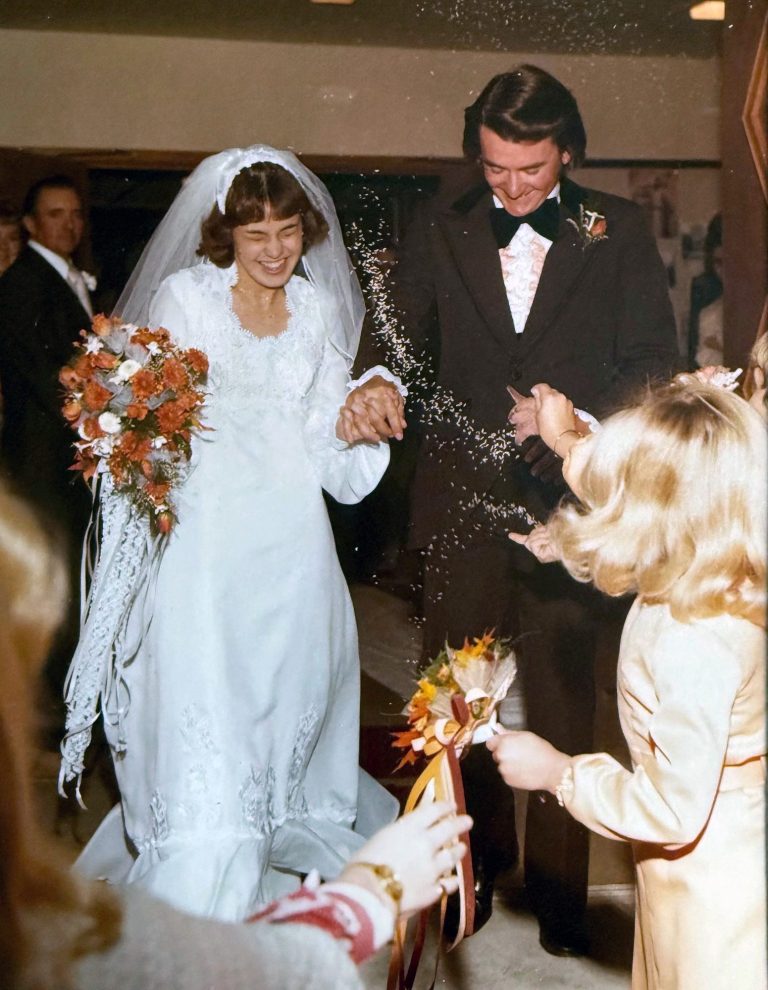

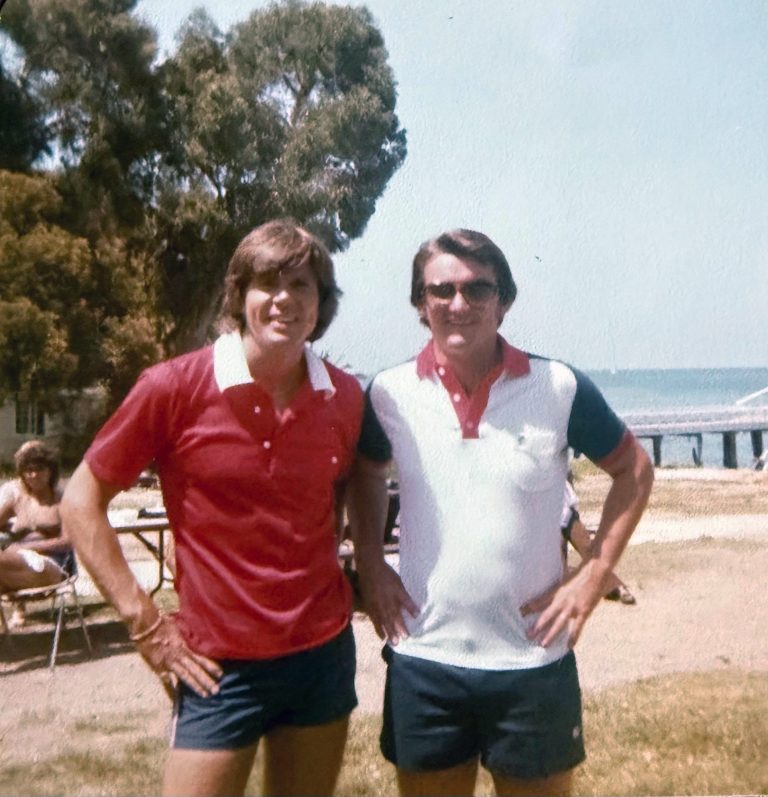

THE EARLY YEARS

In the Gospel Music world, the Blackwood Brothers and J.D. Sumner & The Stamps were highly revered. In the summer of 1974, they held a 2-month Summer School of Music at Murray State University in Murray KY. The purpose of the school was for the Blackwood Brothers and The Stamps to seek out regional talent to nurture, educate, and develop into marketable singers. It was at that time that Scott reflected back to just how talented his mother and Uncle actually were and how they could have been nationally recognized as a Gospel duet. He also looked back at the many times he and his brother, Mark sang along in the pickup truck on the way into the house for dinner and super and around the house, that the family talent did not bypass Mark, as he had a rich baritone/bass voice that could have fit perfectly into any gospel quartet.
While at the school, eight-time Grammy winner, Pat Hoffmaster, tenor for the Blackwood Brothers, was teaching the class. After Scott sang the song “I Believe”, Pat told Scott, “There is someone that I want to hear you sing this song.” He left for a short while and came back with James Blackwood, who listened to Scott for the first time. After listening he said, “J.D. Sumner is performing at Assembly Hall at Indiana University tonight, singing background for Elvis Presley. And, he will be here at the school tomorrow, and I want you to sing for J.D.” After listening to Scott, J.D. Sumner commented that Scott had a fantastic voice, albeit “not ready for Nashville.” He suggested that Scott find a local recording studio and get some songs recorded, to see how his voice sounds on tape and get some studio experience.
At the school there was another student, Mark Ogden, who was also impressed with Scott, but knew that Scott needed a way to showcase his voice. Mark offered J.D. to take Scott to his home in Springfield, IL, where he was part of the music department of a large gospel church. He had access to a recording studio and local musicians from the University of Illinois, Springfield. Once there, the two young men began cutting Scott’s tracks. Scott had always wanted to record “Runaway”, a huge hit by Del Shannon. Mark thought that was a great first song, and began putting together the musicians, and introduced Scott to the engineer at Illini Records. Once they finished “Runaway”, the engineer asked what the “B” side song was to be recorded. Not having one, Scott and Mark went out to the car and started listening to 8-track tapes of some of his favorite artists. They came across a tune by Ray Stevens, “Isn’t It Lonely Together”, that Mark liked as Scott sang along with the tape. They went back into the studio, informed the engineer and booked the next session. Within a few weeks, Mark had once again assembled the musicians and they were back in the studio.
Mark had never intended to release Scott’s record, he simply wanted Scott to have something that he could show his talents and how he worked behind the mic in the studio. Unknowingly to both Scott and Mark, the owner of Illini Records, started sending the record to radio stations as he wanted to promote his label. The song started getting local and regional coverage. Somehow, “Runaway” got the attention of Sonny Neal, a talent agent with The William Morris Agency. Sonny was impressed with Scott’s talents but knew that the recording was “not Nashville quality.” He introduced Scott to noted Nashville producer Chuck Chellman, who was also the owner of Renegade Records.
Chuck listened to the songs that Scott had recorded to get a feel for his voice and style. He and Scott started listening to songs that Chuck had available in his publishing catalog, but they both agreed that none fit what they were both looking for. Chuck mentioned to Scott hat he knew a songwriting duo that was gaining prominence in the Nashville music community. He introduced Scott to Eric Butler and Kelly Delaney who agreed with Chuck that Scott had very strong vocal talents, and style. They agreed to working with Chuck and Scott and went about their assignment.
About a month later Scott was back in Nashville with Eric and Kelly. They took Scott to a large mansion that was owned by a friend of theirs but was vacant. They chose this location to play their songs that they had written for Scott because of its ambient and reverberating sounds. They wanted to hear the depth and strength of his voice resonate in the hallows of the massive room they were in. While cooking in a large pot in the fireplace, the two writers and Scott spent the evening bonding over the five songs they had selected. To this day, Scott says it was one of his most memorable events in his life, sharing their mutual creativity.
Now the ball was back in Chuck’s court to put together the studio musicians and singers that were going to be on the tracks. And he pulled out the heavy weights in Nashville at the time. He commissioned veteran Cliff Parman to do the arrangements. Cliff had worked with such greats a Nat King Cole, Brenda Lee, Connie Francis, Rex Allen, Conway Twitty. Also on board were the Lea Jane Singers, who were the premier background singers in Nashville. They had recorded with the giants: Dolly Parton, Porter Wagoner, Willie Nelson, Ronnie Millsap, Jerry Lee Lewis, Mickey Gilly and many more.
While in the studio, recording his vocals, Scott could not help but be overwhelmed by the professionals that he was surrounded by. At one point in the session, he was struggling with the song because the arrangement was different from what he worked on with the writers. Then something amazing happened. Janie Fricke, one of the Lea Jane Singers, joined him in the recording booth and helped him work out the parts. It gave Scott the comfort that he needed and revealed to him that no matter what a newcomer he might be, that all these great talents had come to work on his project and ensure that Scott had the best tracks for his debut.
One of the other occurrences that further demonstrated the “Magic of Nashville” happened during the mixing session, while Chuck was mixing Hard Lovin’ Man. Eric Butler was sitting on a couch, playing his harmonica to the track. Chuck looked back and said, “get back in the studio and grab a microphone.” They proceeded with what became a defining sound to these songs, the melodic harp meandering through the tunes. This was truly how magic was made in many Nashville sessions.
After the recordings were completed, Scott had the opportunity to go to the pressing facility and see his records made. Chuck elected to have “Georgia Boy” be the first song to release, regionally in the South and Southeast. The record did very well, so the decision was made to release “Hard Lovin’ Man.” This song seemed to get the most attention and air-play, now it was time to take advantage of the momentum and see how well the he songs would play out.
During these early years Scott usually took time to vacation is Southern California, at the home of his aunt and uncle in the San Fernando Valley. He was always attracted to the music and entertainment industry vibe of Hollywood. It was during his trip in 1977 that his uncle introduced him to George Warf of Wedge Entertainment, an aspiring and upcoming personal manager and promoter. After several meetings, talking about Scott’s current recordings and thoughts of what direction he wanted to take his career, George was thrilled to begin representing Scott. It was this relationship that brought Scott one of his biggest opportunities, as George arranged for Scott to appear on “Coffee with Sammy Jackson” morning radio show on the flagship country music station on the west coast, KLAC 570.
At the time, Sammy was known as the “Johnny Carson” of radio, as appearing on Sammy’s show often meant a surge forward for many artists. Scott’s song, “Georgia Boy” was already in rotation at the station. And when George contacted the Program Director at KLAC, she was eager to bring Scott in for the hour-long on-air interview. During their conversation Sammy asked Scott to give him some background information, and they went all the way back to when Scott recorded “Runaway”, which Sammy said was a great pick because it was a huge hit for Del Shannon. Sammy also played all the songs recorded in Scott’s Nashville session. As the interview came to an end Sammy asked Scott, “out of all the songs we have played here today, which is yourf avorite?” Scott responded, “Georgia Boy.” Sammy told Scott that “Georgia Boy was the favorite here at KLAC, and we have been playing it regularly since my program director dropped it on my desk and said, “I want you to hear this song.” Sammy played the song as the interview came to an end. Needless to say, the interview had a great impact on Scott’s presence in the Hollywood country music scene.
Not long after the appearance with Sammy, George was made aware of a rare opportunity. Singer/Entertainer John Davidson was in the midst of a search to audition up-and-coming singers across the nation and Canada. Unlike Star Search, or other talent competitions this was an opportunity to be taught by John and other giants in the industry over the month of August 1978. There were over 36,000 tapes submitted that year for the classes at the John Davidson Summer School of Music, and only 50 were selected. Fortunately, Scott was one of those chosen to participate in the program at Catalina Island.
JDSSC was not just a singer’s school, it was an academy for young entertainers. John had arranged for star-studded actors, songwriters, choreographers, musical directors, film and record producers to either speak or lead classes on their respective field. Some of the noted celebrities were Kenny Rogers, Andy Williams, Florence Henderson, Jerry Van Dyke and many more. On the weekends John showcased the student artists in live concerts at Catalina’s Avalon Bowl open-air amphitheater. This was a monumental event in Scott’s career as it honed his skills as an entertainer, not just a singer. And he made friends and contacts from the magical Summer of 1978 at JDSSC that went with him through his entire life.
After the final performances of JDSSC, Scott returned home for a few weeks with Penny, as she was seven months pregnant with their daughter, Jennie Marie. But, with the success that Scott had at JDSSC, he and George knew they had to capitalize on the opportunities that would be available. George had a friend, Mario Sanders who was a booking agent that had connections with some of the agents that booked the smaller showrooms in the Las Vegas Resorts, including The Thunder Bird, Stardust, Flamingo and the Landmark. Over the next 9 months, Mario arranged for several appearances, of which helped Scott to further fine tune his stage performances, and bring more audience awareness of him.
During one of their drives to Las Vegas, Mario arranged for Scott & George to stop in Palm Springs to meet his friend Dick Grob, who was the Director of Security for Elvis Presley. During that meeting they were also introduced to Charlie Hodge, Elvis’s guitarist and best friend. This meeting with Charlie was the first of several that would carry over later in Scott’s career.
About this same time, George had an opportunity to meet with singer/songwriter/producer, Dean Whitney. Dean had heard about Scott and wanted to pitch some songs to him for consideration. Over several listening sessions, of Dean reviewing Scott’s previous recordings and tapes, and George reviewing not only Dean’s songs, but those of other writers in his publishing catalog, George sent numerous tapes to Scott to review. The two talents “clicked right away”, as Scott said. Once ten songs were selected, Scott, Dean and George went about planning what would become Scott’s debut album.
George’s mother was friends with Doyle Holly, the base player for superstar, Buck Owens. Buck had a recording studio in their hometown of Bakersfield CA. George and Dean were able to book studio time, but most importantly, Doyle provided the Buckaroos as musicians on the recordings. Needless to say, it was a great time to be recording with such exceptional musicians once again.
After the initial recordings were completed in Bakersfield, Scott and crew returned to Los Angeles for “mixing and sweetening”, adding background vocals and additional instrumentations. Joining Scott, Dean, and his manager George in the control room was Charlie Hodge, Elvis Presley’s best friend and bandmember. Charlie contributed greatly to the mixing of five of the ten songs on the album. But also, Charlie was gracious to sit and talk with Scott and crew about his time with Elvis, obviously the greatest times of his life.
Once the album was completed, Dean and George made another trip to Nashville. They had been in contact with several record labels that had shown an interest in releasing some of the singles for radio broadcast. One of the labels was LS Records, owned by Lee Stoller, husband and manager of country music star, Christy Lane. Lee chose to release “Morning Love” as the “A” side, and “Please Don’t Let Go”, as the “B” side. “Morning Love” hit Billboard Magazine on February 9, 1980, as a “pick hit” the first week it was released.
Later that same year, Joe Gibson of Soundwave Records, distributed by Nationwide Sound Distributors, released “Don’t Go Chasing Rainbows” as an “A” side, with “When You Don’t Have Love for Me” as the “B” side. Record World magazine said of “Don’t Go Chasing Rainbows”, “Using the popular Cheating theme, Beard created a record worthy of a good listen, and a spin on the radio.”
These independent record releases brought significant attention to Scott and gave the opportunity for George and his management team to begin to put together a “showcase” to present Scott to a large amount of major Record Label A&R executives in Los Angeles, who were decision makers for the industry. They chose the Landmark Club in Glendale to present the show, which at the time was second only to the Palomino Club as the place to see country music artists in L.A. George assembled a stellar group of studio musicians, including some of the talented singers from the JDSSC that Scott performed with in Catalina as background vocalists. Also in attendance were several booking agencies to view the show, which was titled the “Georgia Boy Tour”.
Scott and his band presented a 90-minute show, with songs from his early Nashville sessions as well as all his tracks from his album, in addition to several power-packed cover songs, closing the show, as always, with “In the Cold Kentucky Rain”, as his encore presentation to a standing ovation.
In the weeks following, George had meetings with several record label executives, that had shown an interest in Scott. Even more encouraging was the amount of attention they were receiving from local and national booking agencies. Booking agent, Mario Sanders said he already had commitments from several Las Vegas venues, as well as inquiries that he had received form several current artists that would be interested in having Scott as an opening act.
As all these plans were being made, Scott went back home, as he usually did in the springtime to help his father put in the spring crops. Once again, Scott was stricken with medical conditions that seemed were going to be with him throughout his entire life. It was time for him to make some critical decisions. He was 25 years old, with a 6-year-old daughter who had missed a lot of time with her Father, due to the amount of time Scott was away from home perusing his music career. After lengthy conversations with Penny, he came to the realization that he needed to focus on survival, and normalcy, versus his desire to perform. But he will always have the memories of his accomplishments and the special occasions that he was able to perform at while attending the J.D. Sumner & The Stamps, Blackwood Brothers Summer School of Music, and the John Davidson Summer School of music. He also appeared with John Davidson at The Mill-Run Theater in the Round in suburban Chicago, IL.
Scott’s final performance was in 1986 with an appearance on The Grand Old Opry in a country music show hosted by Jim Ed Brown from Nashville TN, via satellite, broadcasted on the Country Music Channel. This appearance was very special for Scott, as it was the first and only time that his 8-year-old daughter Jennie Marie saw her Father perform, so that she could be able to see , and remember what he accomplished.
Dedicated to My Wife and Daughters the Women I Love, Penny, Jennie Marie, Melissa and Nichole
"A Day of Joy Begins with Something Beautiful"


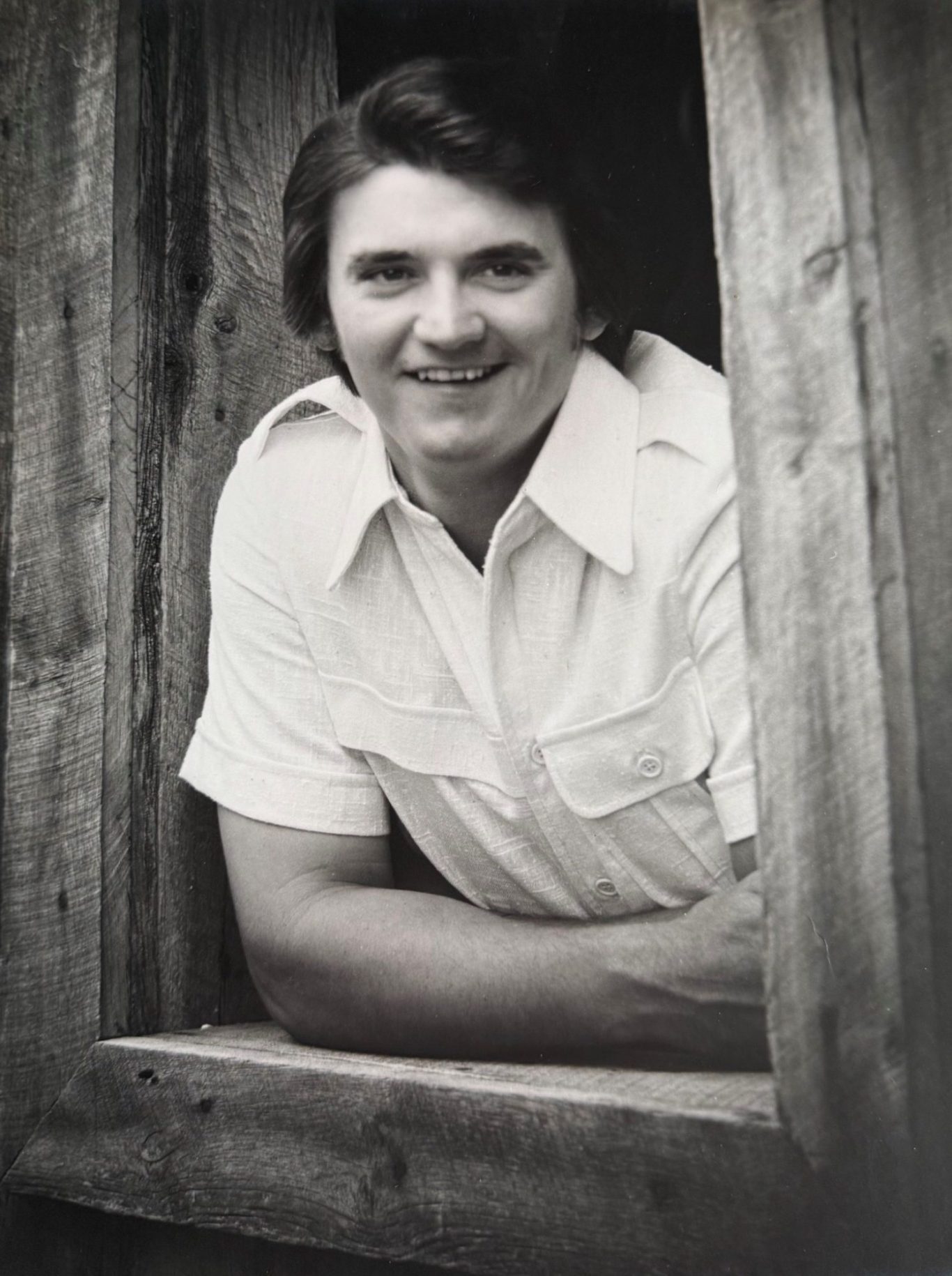
George E. Warf Entertainment Company
contact

Scott Beard ©Copyright 2025. All rights reserved

We need your consent to load the translations
We use a third-party service to translate the website content that may collect data about your activity. Please review the details in the privacy policy and accept the service to view the translations.
